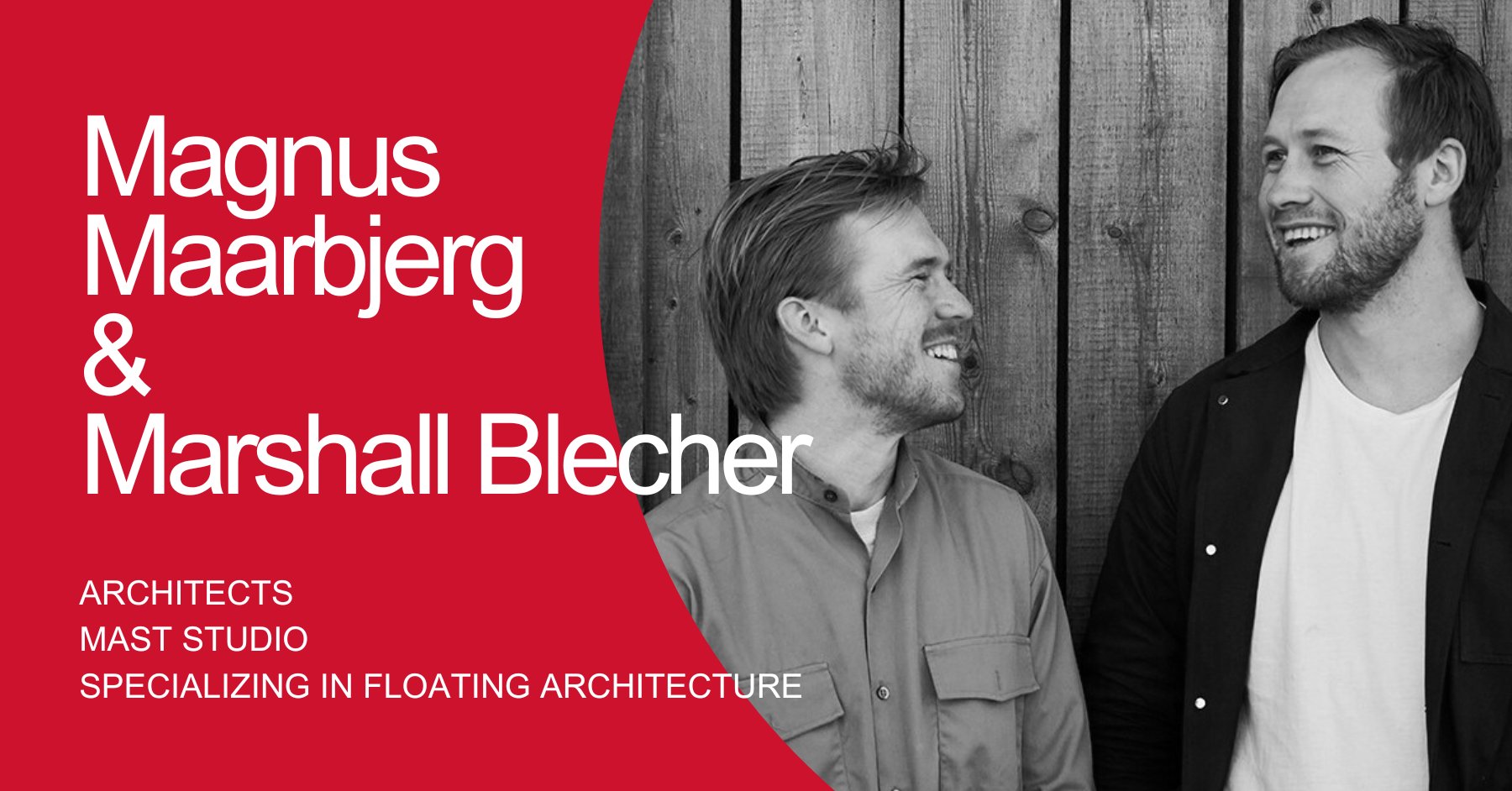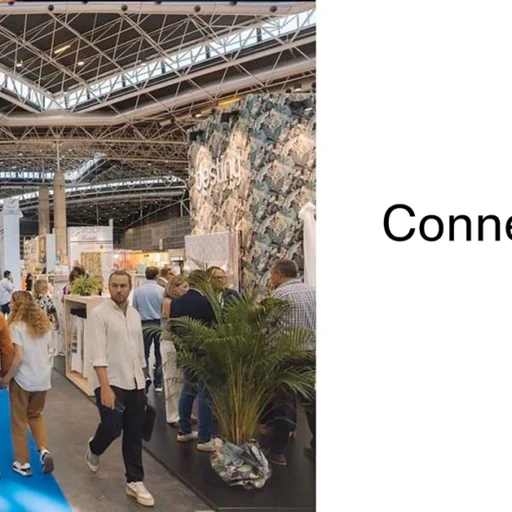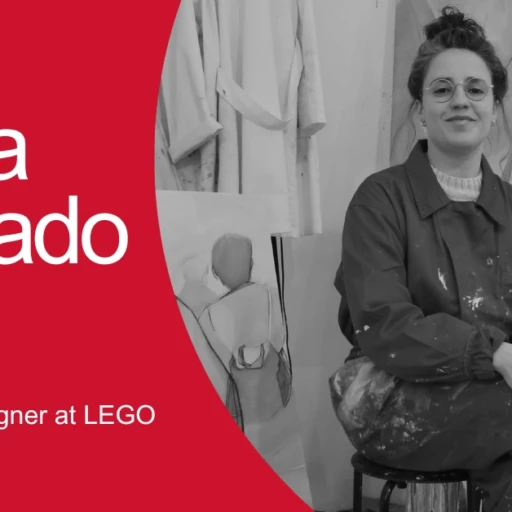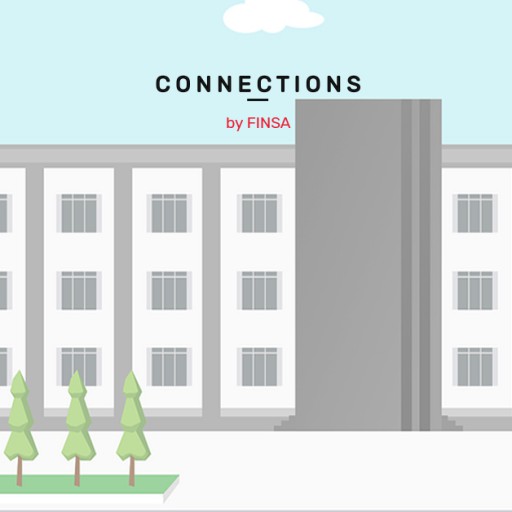“We work in relation with water to create innovative and sustainable spaces“. This is the motto of MAST, a Danish studio that since 2018 specializes in floating architecture. They lead by example, as their office and workshop is floating in a water area in the south of the city, where they work side by side with a team of shipyards and naval engineering professionals. Their works, carried out in Europe and Australia, have earned recognitions such as the Taipei International Design Award (2022) and the Danish Arts Foundation Project award (2020). We speak with its founders, Danish architect and maritime designer Magnus Maarbjerg and Australian architect Marshal Blecher, to understand the trajectory of their studio, rooted in traditional Scandinavian design.
How did you start working in floating architecture? Is there a market for this type of architecture?
Both Magnus and I have lived on sailboats and we both saw the change in cities’ relationship with their ports and connections to the sea. We detected a great opportunity to transform industrial ports into recreational public spaces and started on this path with some small public interventions in Copenhagen. MAST has grown from there to now be able to dedicate ourselves to large-scale port transformations.
How did the public perceive this project in Milan?
We presented the project at a city council event in Milan and got an incredibly positive reaction. Everyone was eager to enjoy that space over the water.
In Land on Water, you highlight that you found a method to build almost any structure on the water. Could you explain it and in which places do you plan to develop this?
Land on Water is still in early development with a prototype planned for construction by early 2024. The project seeks to find a more sustainable and flexible alternative to current floating foundations of concrete and steel.
What are the main challenges that need to be addressed in floating architecture?
The biggest challenges largely have to do with regulations that have not been developed for floating buildings in most places. There are also technical challenges, particularly with the stability and adjustment of floating structures.
Ver esta publicación en Instagram
How did you start working in floating architecture? Is there a market for this type of architecture?
Both Magnus and I have lived on sailboats and we both saw the change in cities’ relationship with their ports and connections to the sea. We detected a great opportunity to transform industrial ports into recreational public spaces and started on this path with some small public interventions in Copenhagen. MAST has grown from there to now be able to dedicate ourselves to large-scale port transformations.
How did the public perceive this project in Milan?
We presented the project at a city council event in Milan and got an incredibly positive reaction. Everyone was eager to enjoy that space over the water.
In Land on Water, you highlight that you found a method to build almost any structure on the water. Could you explain it and in which places do you plan to develop this?
Land on Water is still in early development with a prototype planned for construction by early 2024. The project seeks to find a more sustainable and flexible alternative to current floating foundations of concrete and steel.
What are the main challenges that need to be addressed in floating architecture?
The biggest challenges largely have to do with regulations that have not been developed for floating buildings in most places. There are also technical challenges, particularly with the stability and adjustment of floating structures.
Ver esta publicación en Instagram
How is sustainability approached in floating architecture?
Floating buildings are very similar to land buildings in terms of sustainability. The ability to move buildings once they have served their purpose at a particular site potentially gives them a longer lifespan.
Is technology (artificial intelligence, big data…) a tool for your work?
We are experimenting with virtual reality in our workflow and routinely use drone scanning. This way we can visualize projects at various stages of design. It is especially useful for getting a sense of scale.
How do you find inspiration to develop your projects?
Often in maritime history! We are working on a floating sauna club that was inspired by the historic nautical signal towers along the coast of Denmark. The sauna cladding was also inspired by wooden fish traps.





